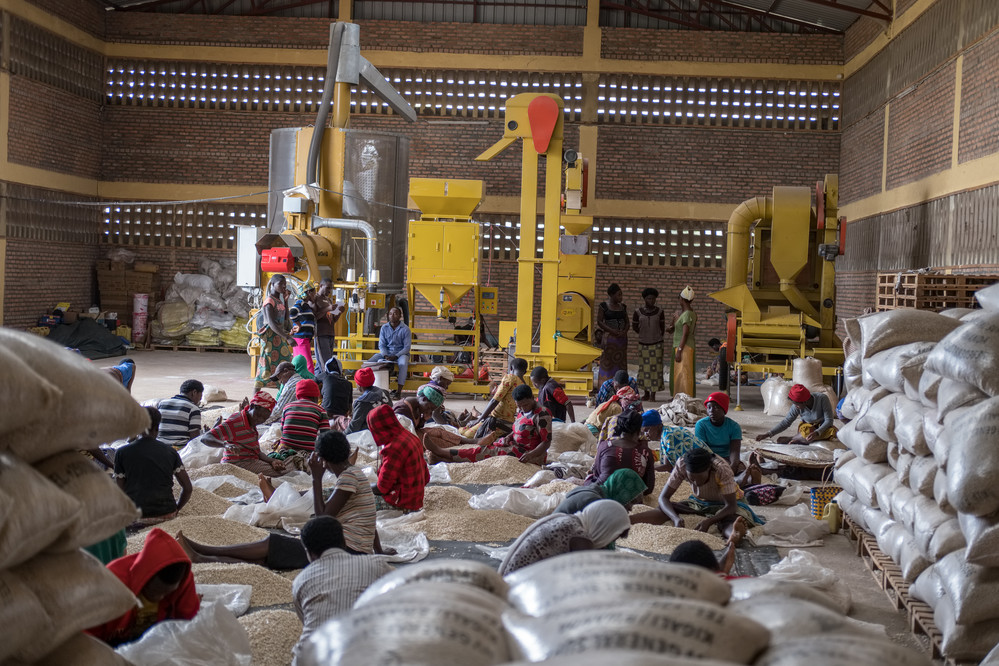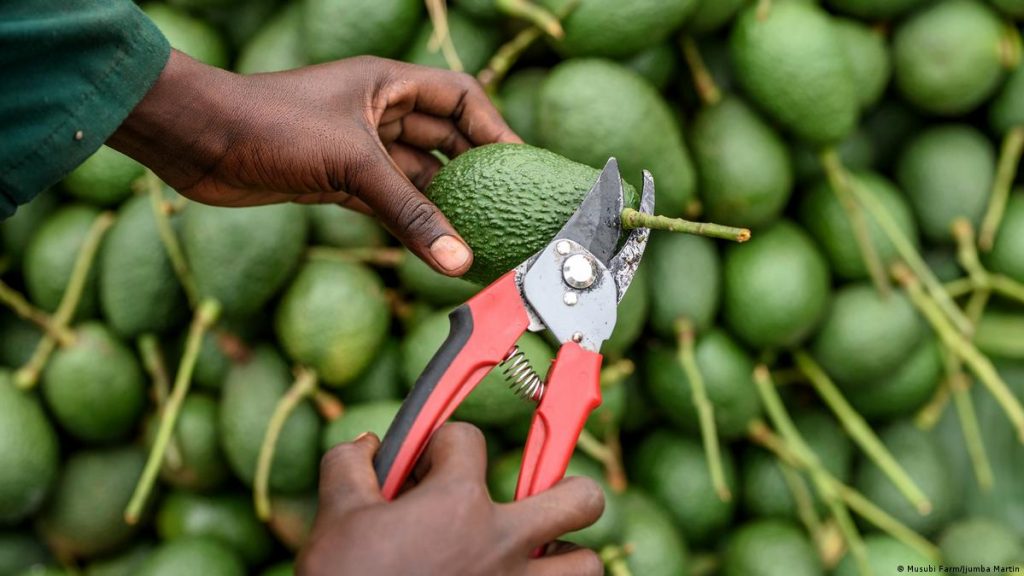Access to finance is a major challenge in the agricultural sector. Many agribusinesses do not meet the criteria of formal lenders, like commercial banks. Even when agribusinesses do meet these criteria, it is often difficult for them to prove it. This leads to a mismatch between supply and demand, often called the “missing middle” or “finance gap.”
The question is: how can we bridge this gap? On the one hand, capacity building provided by the development partners needs to deliver bankable organizations. On the other hand, lenders need to be capable of identifying whether agribusinesses are able to handle a loan or not. SCOPEinsight has used its database to attempt to address the challenges of both sides of the gap.
Addressing the finance gap
Thanks to the thousands of SCOPE assessments conducted worldwide, SCOPEinsight has a vast database on agribusiness professionalism. We analyzed this data to understand the drivers behind agricultural finance. Knowing the drivers would make it possible to provide pointers on how to increase bankability in a systemic way. Based on our analysis and previous research we conducted for AGRA, we determined that the most crucial drivers, in descending order, are:
While there are many other aspects of professionalism, these five drivers are the most important ones that determine the chance of an agribusiness receiving a loan. Using machine learning and further analysis, we developed an Access to Finance (A2F) Score, which measures the probability that an agribusiness is ready to receive formal finance, on a scale of 1 (low chance) to 5 (high chance).
Agribusinesses that perform well in the five drivers are the most likely to be ready for formal finance. Often, development programs have facilitating access to finance as a major goal and provide training to agribusinesses to improve their financial management. However, when we analyzed our re-assessment data, we found that not all the crucial drivers improved after training.
Delivering bankable agribusinesses
To investigate the efficacy of the training provided, we looked at over 1600 assessments and compared baselines to reassessments. Our assumption was that if the training sufficiently addressed the five drivers of access to finance, the agribusinesses would show considerable improvement in those areas. This should also be reflected in higher access to finance scores.
However, as shown in the charts to the right, this was not always the case. When we compared baselines (light blue) to reassessments (dark blue), three out of the five drivers did not see a significant improvement in scores.
Internal Management and Governance show the most improvement. This implies that these topics probably get the most attention.
Financial Management, Management Capacity, and Marketing (outlined in red) didn’t show the same improvement. The question arises: do these topics receive the focused interventions they need?
The lagging scores on three of the drivers indicate that, in general, the support provided does not lead to bankable organizations. External factors may be at play, such as disease, inflation rates, or local conflicts. It may also be that the training provided did not focus sufficiently on all the A2F drivers. This may mean shifting the training priorities to focus on the crucial A2F areas.
Our data indicates that agribusinesses who score high on all five A2F drivers can access significantly larger loans. This is an important potential force behind bridging the financing gap. However, in practice, less than 10% of the agribusinesses in our sample of 1600 scored high enough to be bankable. So, how can the training or coaching become more focused so all five A2F drivers improve?
Recommendations for our partners
We have three recommendations for development partners, including capacity builders:
- Understand the drivers behind the goal you wish to achieve. Do you wish to create jobs for women or youth, do you wish to develop a more sustainable value chains or do you wish to facilitate A2F? Each of these goals requires a different approach. For access to finance, the drivers are mentioned in this newsletter.
- Know how to identify the needs of the agribusinesses – with the drivers in mind – by analyzing the insights of assessments. Use the data to design a capacity building plan that will be effective. Include the agribusiness when determining the priorities. Identifying the most important drivers and sub-drivers helps to target the areas that will have the most impact.
- Work in a data-driven way by conducting re-assessments to ensure that your support is leading to the desired result, and allow you to adjust when necessary. This result driven way of working will increase efficiency. This can help to increase and later prove your targeted impact.
Are you interested in working in this data-driven way? Or do you wish to learn more about how we can help you focus your capacity building? Contact us today and we will jointly explore options.
Want more insights like this? Sign up for our Business Intelligence newsletter here: https://tinyurl.com/Business-Intelligence-Intel
This article was originally published by ScopeInsight

